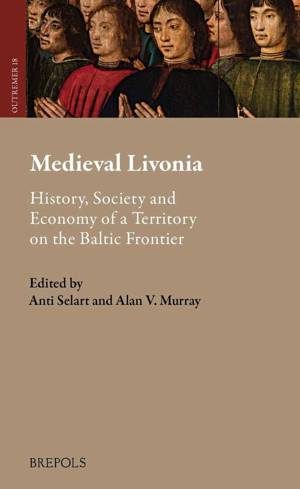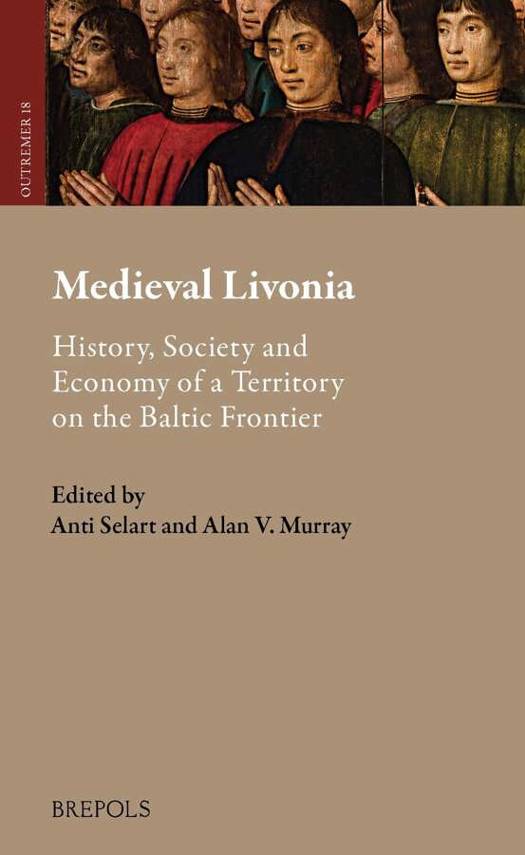
- Afhalen na 1 uur in een winkel met voorraad
- Gratis thuislevering in België vanaf € 30
- Ruim aanbod met 7 miljoen producten
- Afhalen na 1 uur in een winkel met voorraad
- Gratis thuislevering in België vanaf € 30
- Ruim aanbod met 7 miljoen producten
Zoeken
€ 100,70
+ 201 punten
Omschrijving
The territory known as Livonia, on the eastern shore of the Baltic Sea, emerged as a result of the Baltic Crusades in the twelfth and thirteenth centuries. It was a region of multiple nations, languages and cultures, and the scene of their mutual interaction, connected to the Holy Roman Empire, the papal curia, Scandinavia and Lithuania, and mediating the Hanseatic trade with Russia. This book is a significant new study of the multiple facets of Baltic history, taking in social history, urban and rural culture, peasant economy and literacy, with novel perspectives on crusading, political history and the chief agents of power, notably the Teutonic Order. This first comprehensive treatment of Livonian history in English will serve as a valuable source of information for undergraduate and postgraduate students as well as a resource for studying the Baltic Crusades and crusader territories in general.
Specificaties
Betrokkenen
- Auteur(s):
- Uitgeverij:
Inhoud
- Aantal bladzijden:
- 412
- Taal:
- Engels
- Reeks:
- Reeksnummer:
- nr. 18
Eigenschappen
- Productcode (EAN):
- 9782503578064
- Verschijningsdatum:
- 28/05/2025
- Uitvoering:
- Hardcover
- Formaat:
- Genaaid
- Afmetingen:
- 156 mm x 234 mm
- Gewicht:
- 648 g

Alleen bij Standaard Boekhandel
+ 201 punten op je klantenkaart van Standaard Boekhandel
Beoordelingen
We publiceren alleen reviews die voldoen aan de voorwaarden voor reviews. Bekijk onze voorwaarden voor reviews.








